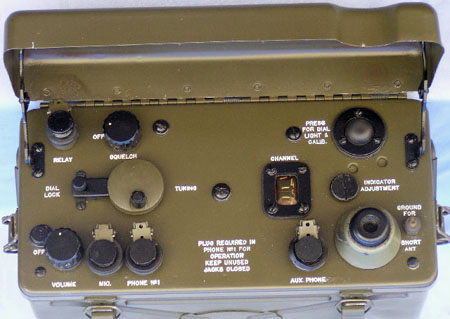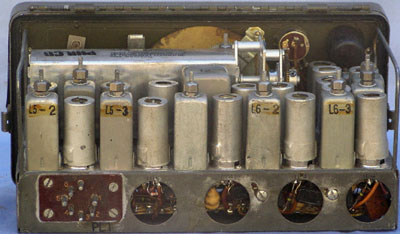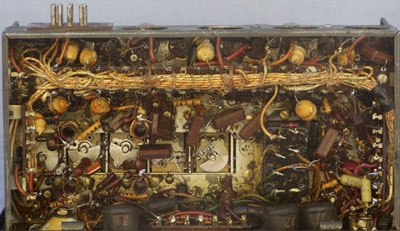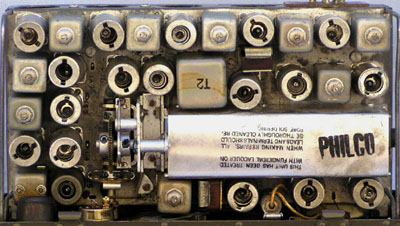General Description
The set was produced in large quantities in the U.K. for the British Army as Wireless Set 31(manpack) and Wireless Set 31 AFV for use in armoured fighting vehicles. A version was also produced in Australia, but modified to such an extent that the only common feature was a very similar looking outer case. This was the Wireless Set 128, which was an HF backpack produced by Tasma.
Technical Data
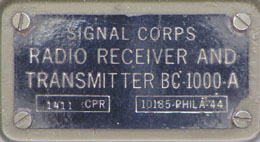 The BC-1000 is also widely known by the System Complete Radio (SCR) number as SCR-300.
The backpack tunes 40 - 48 Mc/s, with both transmitter and receiver operating on the same frequency. Channel spacing is factory calibrated at 200kc intervals.
Power output is appx. 500mw to the antenna.
The BC-1000 is also widely known by the System Complete Radio (SCR) number as SCR-300.
The backpack tunes 40 - 48 Mc/s, with both transmitter and receiver operating on the same frequency. Channel spacing is factory calibrated at 200kc intervals.
Power output is appx. 500mw to the antenna.
Accurate calibration points are provided by a 4.3 mc internal calibrator. The IF is 4.3mc/s for the first IF stages and 2.5mc/s for the second stages, the receiver being a double conversion superheterodyne.
Power supply requirements are 4.5v L.T. at 300ma and 90v at 25ma H.T. for receive. On transmit L.T. is 4.5v at 500ma, H.T. is 90volts at 25ma and 150volts at 45ma. (The transmitter HT supply is made up of a 90v and 60v battery connected in series.) Either a telephone type handset or headphones with throat type microphone are used with the set.
